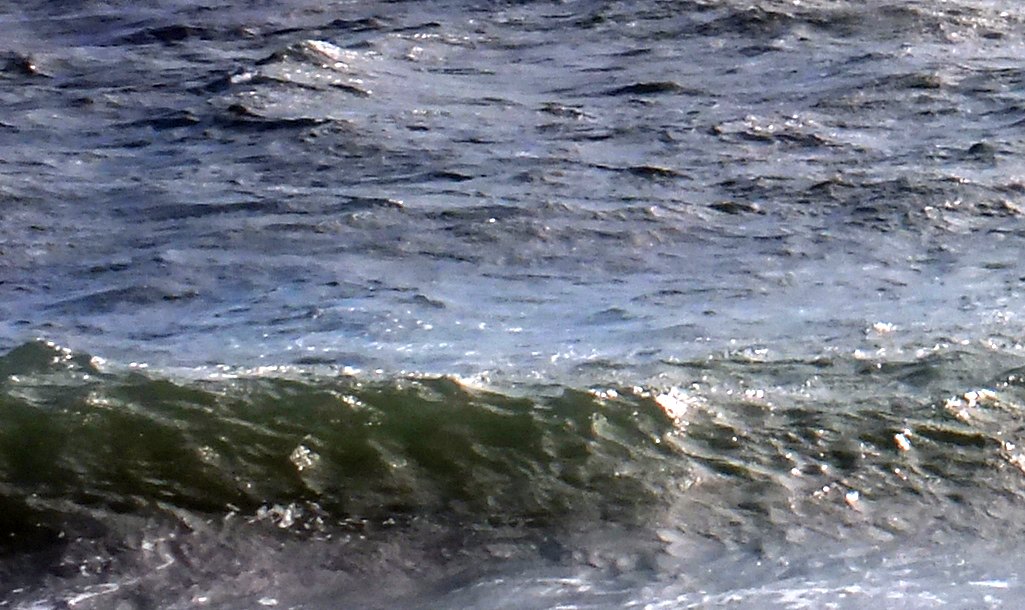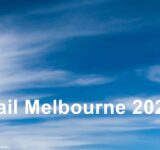Just as the 2025 sailing season gets underway, comes news of chemical pollution in Langstone and Chichester Harbours.
Environment International recently published the results of chemical profiling of the two protected marine harbours on the South coast of the UK sampled in 2022.
The study into chemical pollution in a transitional water body revealed widespread contamination.
Highlights:
- 105 contaminants detected: 67 pharmaceuticals, 29 pesticides & 9 recreational drugs.
- Concentrations of chemicals increased during autumn following increased rainfall.
- CSO discharges were an important source for loading of specific chemicals.
- The highest risk was associated with the neonicotinoid, imidacloprid.
- Seaweed showed the highest cumulative chemical burden reaching up to 343 ± 71 ng g−1.
Across 21 sites, 105 unique compounds were detected in water samples and biota, including 67 pharmaceuticals, 29 pesticides and nine recreational drugs. Significant differences were noted with increased chemical numbers and concentrations coinciding with increased rainfall and combined sewer overflow discharges.
All sites were selected with assistance from citizen scientists from the Clean Harbour Partnership (CHP) that covered tributaries flowing into the respective harbours and samples from the harbours themselves.
The included sites were near Budds Farm, Bosham, Thornham and Chichester sewage treatment works – during the spring and autumn of 2022.
The CHP advised on sites that were near known discharge points, wastewater treatment plants (WWTP) or combined sewer overflow CSO that were accessible and used by local water users (nineteen sailing clubs are based in the two harbours).







